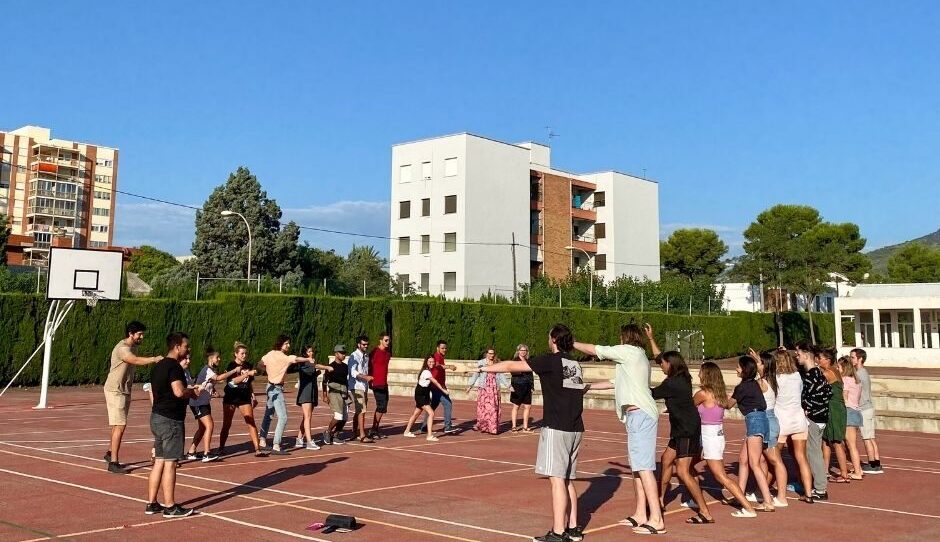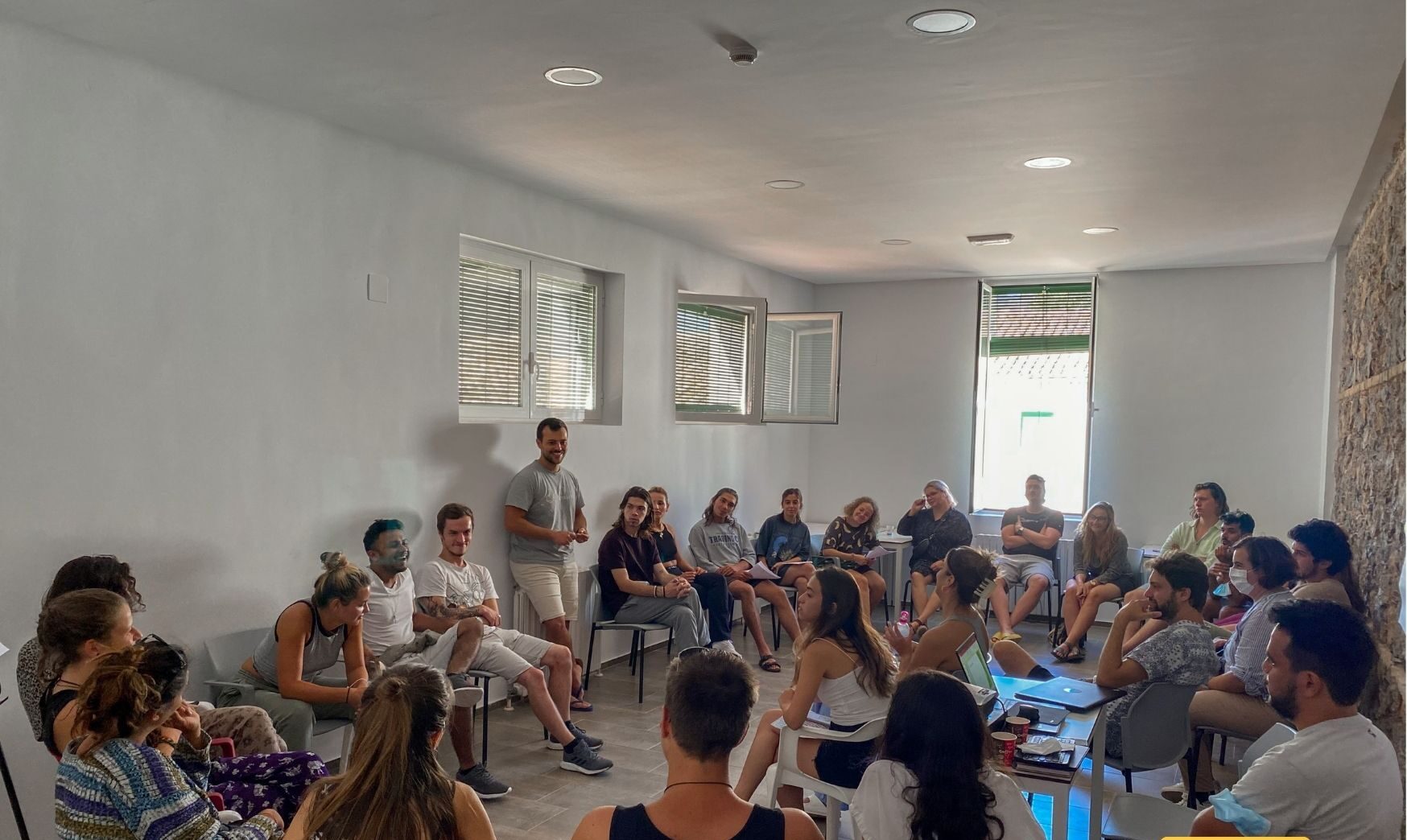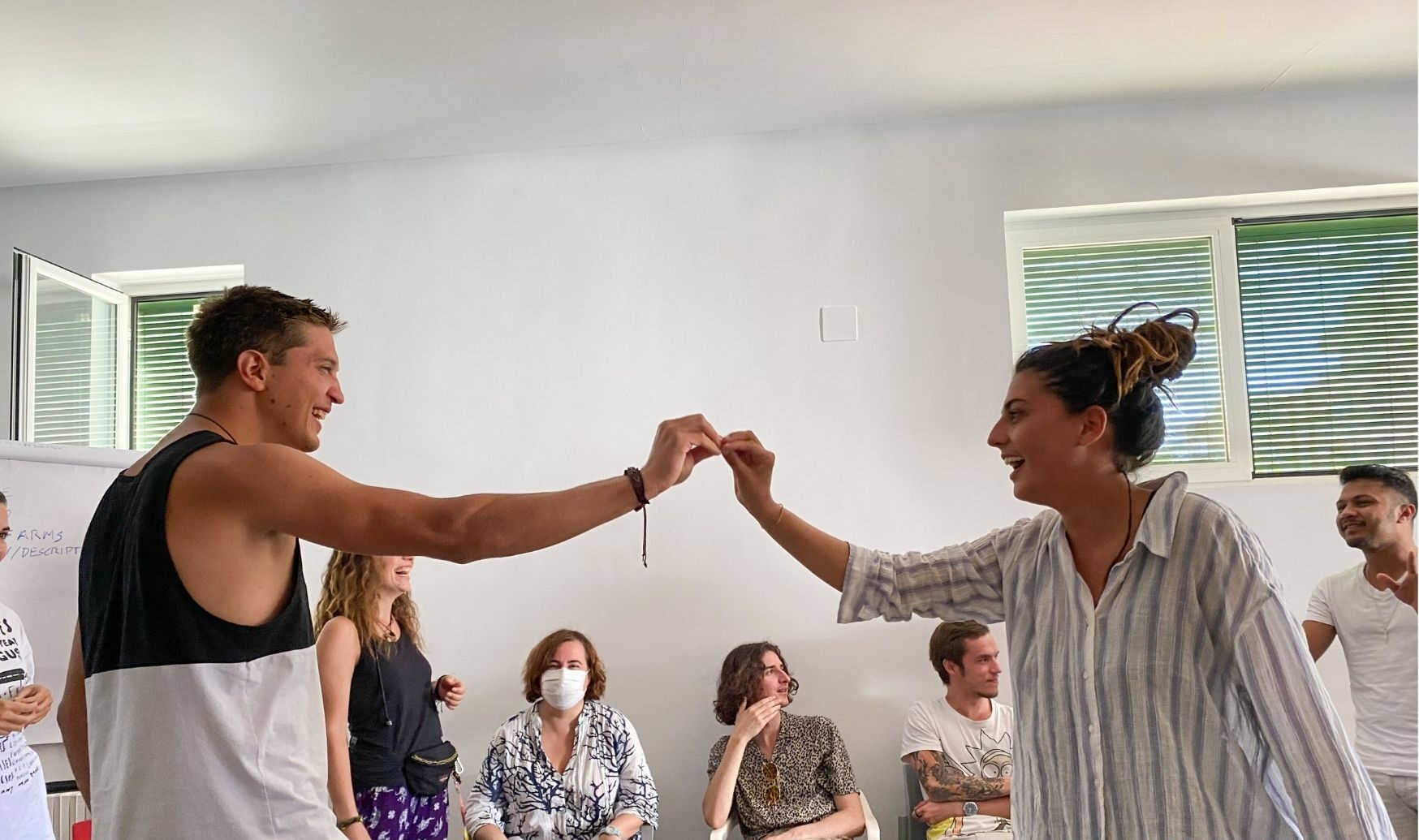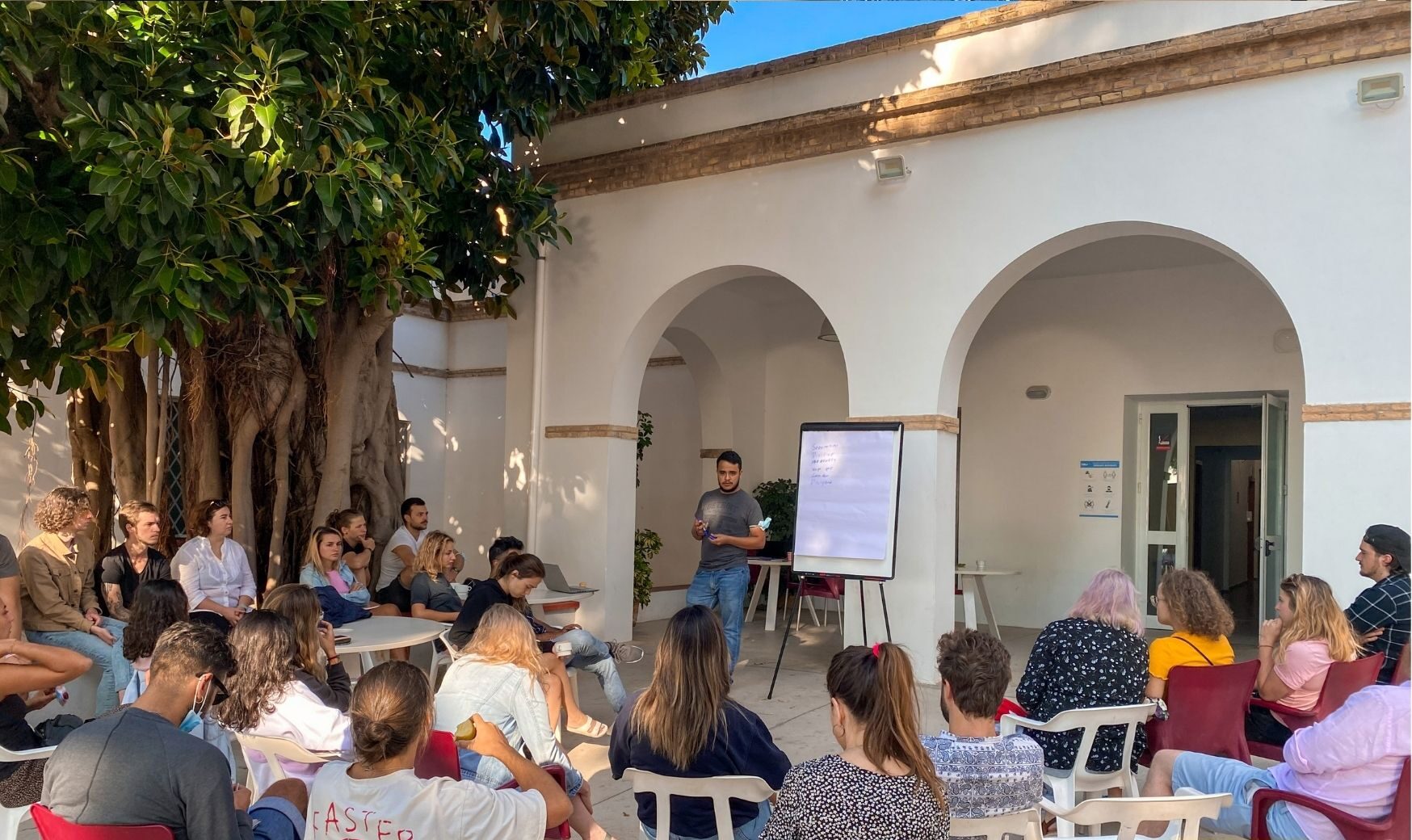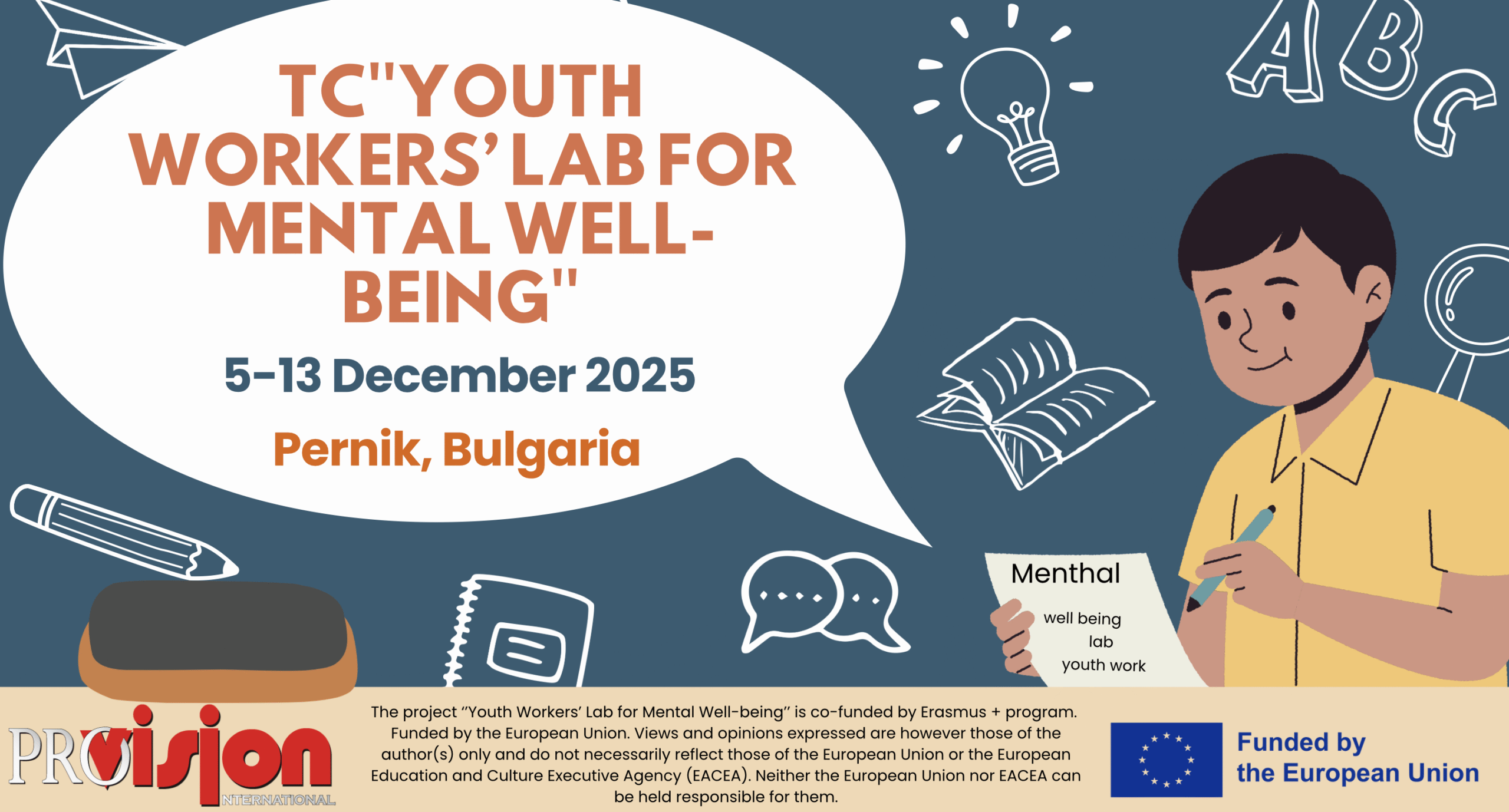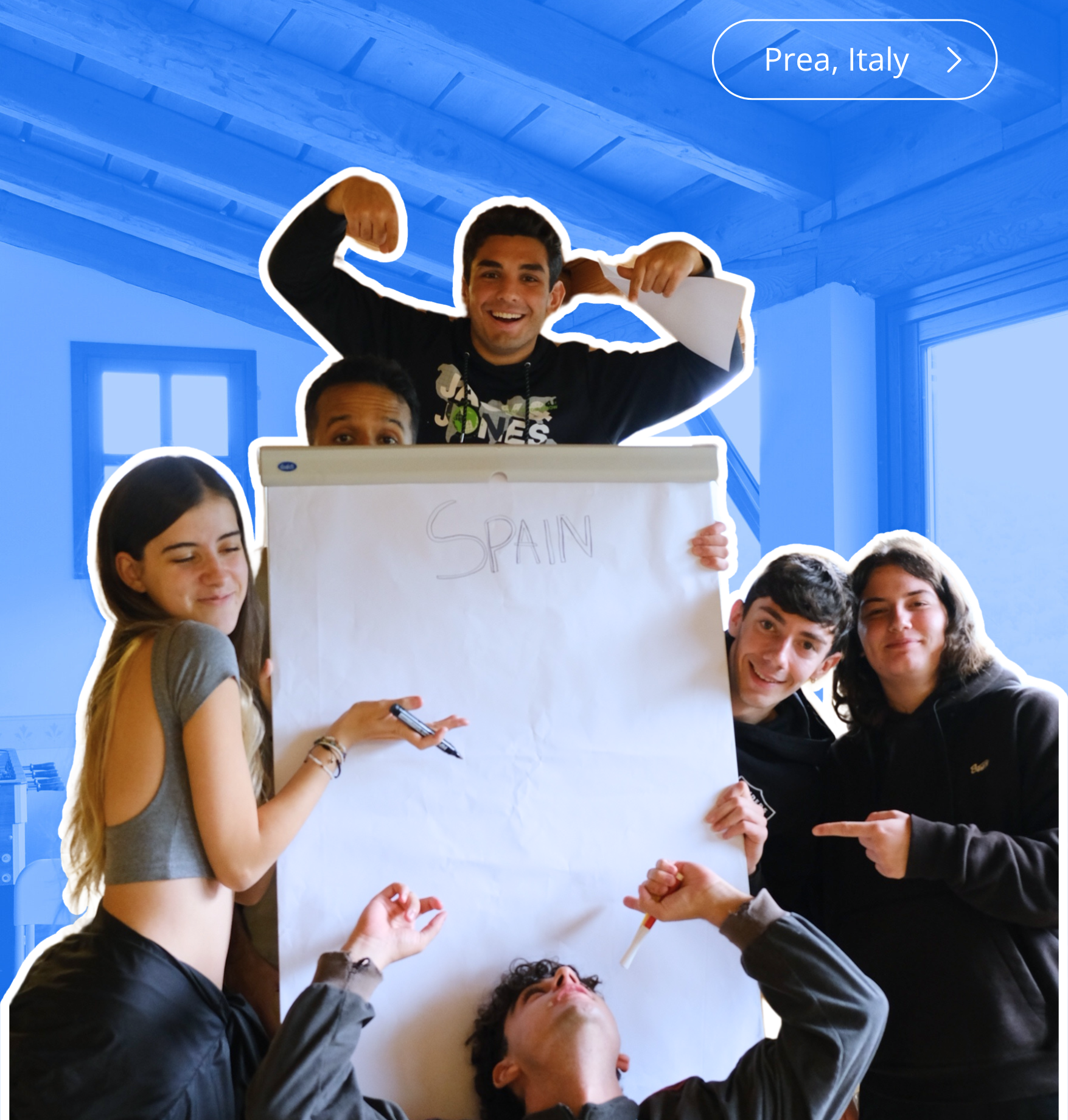Benicàssim, Spain
Happiness and the city was a youth exchange celebrated in Benicàssim, Castellón, that brought together 30 youngsters from Spain, Turkey, Estonia, Romania, Italy, and Poland to learn more about human-centered city planning.
Why did this project matter?
Nowadays, a growing part of the global population lives in cities. The urbanization process is
constant and unstoppable in every continent. According to the World Bank, while in 1990 43.2% of the world’s population lived in urban areas, the percentage stands today at 55%, and it’s expected to rise to a whopping 68% by 2050. For many, the urban areas are a land of social and economic opportunities, the place to get a better job and access to better services, to enjoy a vibrant cultural scene or simply to start a new life. And yet, cities still are quite unlivable places for their inhabitants. Their citizens often have to deal with mobility problems, hostile architecture and, in general, with a city planning that doesn’t ́t prioritize life quality, and all of that in a social context defined by fracture and strong individualism that limit the social support networks.
In this context, the project aimed to empower the youth, so they can boost the life quality in their urban environments. For doing so, the project will tackle topics such as gentrification,
transportation, urban spaces, leisure and social participation exploring the determinants of life quality in urban areas and the different options the youth have to influence the decision-making process and make their cities nicer and more liveable.
What did we do?
Throughout the project, we explored in depth the elements that often make cities less than ideal places to live, despite their allure of social and economic opportunities. We took a deep look into the heart of urban issues and learned the tools and knowledge to bring about meaningful change. The topics covered during the exchange were organized in four key areas:
- Urban spaces. The layout and design of urban spaces has a direct impact in the quality of life of their inhabitants. We tackled the concept of urban design, analyzing how it influences community engagement, social interactions, and overall human wellbeing. The participants discovered how small changes in urban planning can make a big difference in creating more liveable cities.
- Leisure and social participation. The availability of leisure activities and opportunities for social participation are key to a city’s quality of life. In this sense, the participants envisioned recreational spaces and events that foster a sense of community and belonging.
- Gentrification. In one of the hottest topics of urban planning nowadays, we explored how urban development can be a double-edged sword that revitalizes neighborhoods and displaces long-time residents at the same time. Our discussions and activities allowed participants to comprehend the nuanced effects of gentrification and consider alternative approaches to urban renewal that prioritize inclusivity and community.
- Transportation. Mobility is a fundamental aspect of urban life that binds all other together. We examined the intricacies of transportation systems, discussing the challenges of congestion, accessibility, and sustainability. The participants came in contact with innovative urban mobility solutions and learned how to advocate for improved public transportation and sustainable alternatives.
Our project was more than just a learning experience; it was a call to action. We strived to help our youth participants to become catalysts for positive change in their urban environments. As they returned to their communities armed with newfound insights and a commitment to urban betterment, we watched a new generation of capable, engaged, and savvy youngsters step up to transform their cities into spaces where everyone can thrive and enjoy the opportunities urban life offers. This is just the beginning of our shared journey to make our cities truly vibrant and liveable for all.



